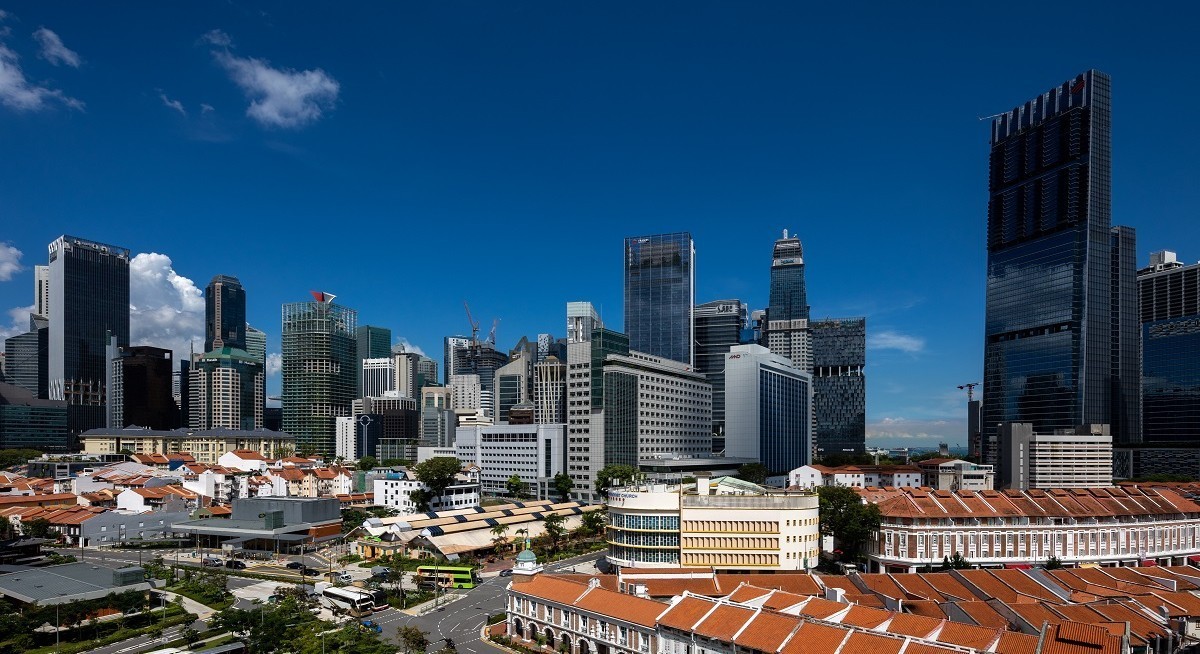“EHT’s IPO price was purportedly at a discount to its IPO net asset value of 88 US cents. In the end the net asset value (NAV) turned out to be an engineered NAV with financially engineered valuations, making EHT one of the most obvious financially engineered REITs to be listed on SGX — but not the only one,” wrote The Edge Singapore’s Goola Warden in a September 2021 article.
In MUST’s case, the REIT’s gearing rose as asset valuations fell with the work-from-home trends in the US. MUST, which once traded at around 80 US cents per unit at its peak in July 2021, is now trading between 6 US cents to 7 US cents in the past month.
MUST halted its distributions for the 1HFY2023 ended June 30, 2023, after breaching a financial covenant in some of its financing documents. The breach, which came after MUST’s portfolio valuation fell by 14.6% y-o-y to US$1.63 billion as at June 30, 2023, meant that some of the REIT’s loans were reclassified as current liabilities.
At its 1HFY2025 results briefing on Aug 14, MUST’s chief financial officer (CFO), Mushtaque Ali, shared that the REIT would have achieved an aggregate leverage of “closer to” 50% after its debt repayment, stripping out the impact of the 9.3% decrease in valuation observed in FY2024. For the six months, the REIT’s aggregate leverage improved to 57.4% from 59.4% three months ago, mainly due to the repayment of debt.
See also: What does Singapore at 60 mean for the REIT sector?
Against this backdrop, what should investors look out for when choosing a REIT and how can they avoid potential pitfalls?
Location matters
To Adrian Chui, CEO and executive director of ESR-REIT’s manager, the first step is to look at where the REIT’s portfolio assets are located. Speaking at The Edge Singapore’s REITs Investment Forum on Aug 19, Chui said assets located in developed countries, where there are clear rules of law, transparent regulations and good lending systems, are generally safer “by default”. Conversely, the risks may be higher in less developed countries with weaker transparency.
See also: Manulife US REIT secures two-year lease renewal with US Treasury, increasing WALE to 2.3 years
The location of these assets within a country is just as key. In Singapore, for instance, REITs with prime Grade A offices located downtown tend to be more resilient against trends such as working from home, compared to offices in less prime locations, which may face a total “hollow out”.
Investors should also consider looking at REITs with properties in their home countries, as this removes foreign exchange (forex) risks, Chui adds.
The importance of strong sponsors
The quality of a REIT’s sponsor is another critical factor.
To Chui, sponsoring a REIT isn’t just about bringing together a group of people with no development experience pulling some assets together and listing it.
“Real estate is about rolling up your sleeves, leasing out, doing property management, managing property, do asset counsel, and you need the people on the ground,” he says.
He adds that a good sponsor that is part of a wider group will also help in a REIT’s growth. “When you want to go overseas, [the REIT manager] is then able to tap on the local ground, [make use] of local knowledge,” he says.
For more stories about where money flows, click here for Capital Section
Han Khim Siew, CEO and executive director of OUE REIT’s manager, agrees. A good sponsor, he says, should be “honourable enough to respect what they’ve written”.
Referring to the master lease agreements for OUE REIT’s two hotels, Hilton Singapore Orchard and Crowne Plaza Changi Airport, Han notes that the sponsor had agreed to pay variable rent for these hotels, subject to a minimum rent of $45 million for the former and $22.5 million for the latter. In 2020, 2021 and 2022, during the Covid-19 pandemic, the sponsor paid out a total of $67.5 million per year.
He adds that if the sponsor is a “naughty” one, it can argue that Covid-19 is deemed as a “force majeure”, which is a caveat in the master lease agreement.
Do your own due diligence
Ultimately, investors will also have to do their own research, says Guy Cawthra, CEO of Lendlease Global Commercial REIT’s (LREIT) manager. Cawthra cited a remark shared earlier by Han: “You just have to remember who you're dealing with. If you're dealing with a crook, he cheats you — it’s to be expected.”
To Chui, there are three key traffic lights to look at. And if one of the lights are “not that bright”, it should serve as a “signal” that the risk is wider.
Han also notes that the Monetary Authority of Singapore (MAS) and SGX have put in place strong guardrails — including a gearing limit, which was raised from 40% to 50% in November 2024 —making it “difficult for a REIT to go wrong”.




